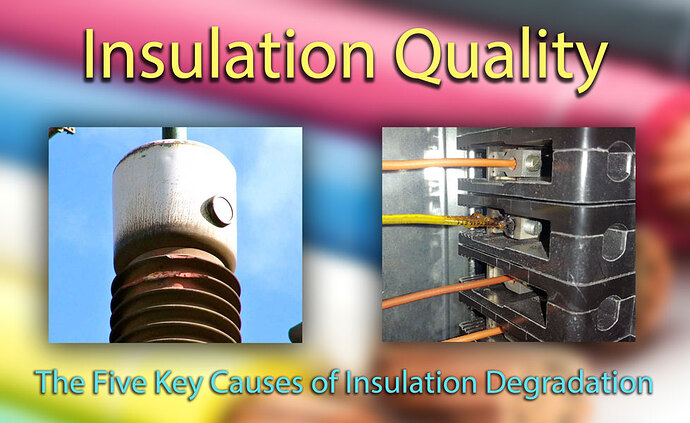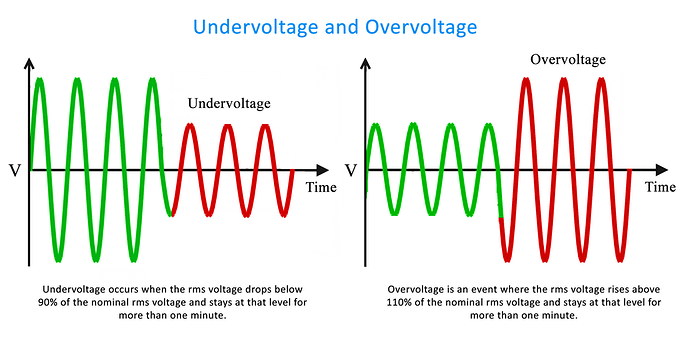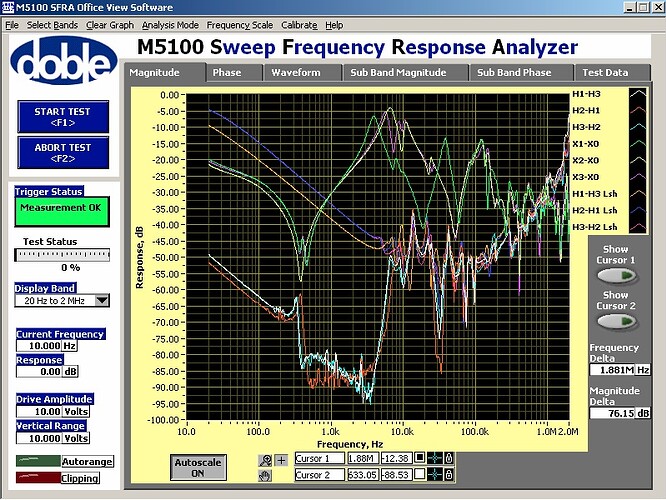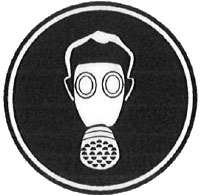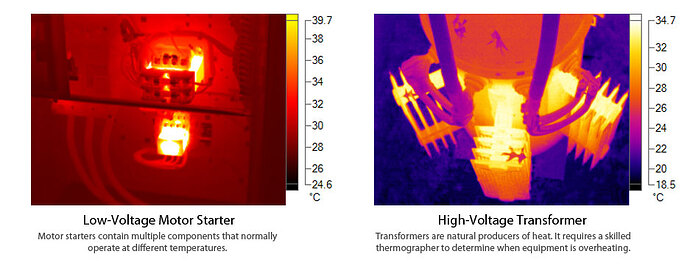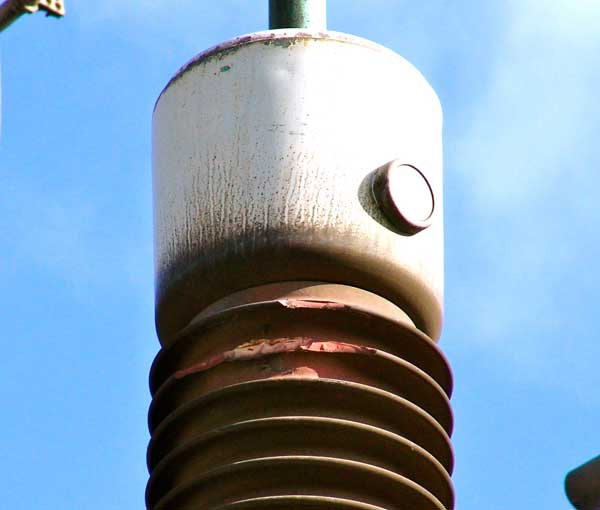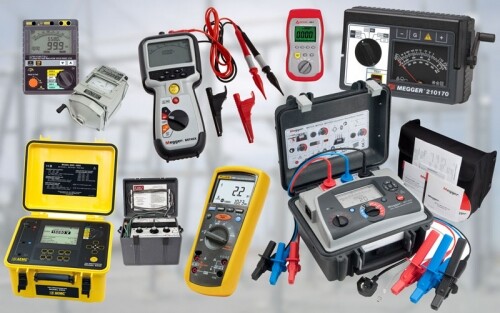Insulation is a critical component in electrical systems, designed to prevent unwanted electrical current flow and ensure safe, reliable operation. However, insulation begins to degrade as soon as it is put into service. Over time, various factors can cause insulation to wear down, leading to reduced performance and potential failure.
In this article, we will explore the five primary causes of insulation degradation—electrical stress, mechanical stress, chemical attack, thermal stress, and environmental contamination. We will also explain how they interact to accelerate the decline in insulation quality and preventive measures to prolong the life of insulation systems.
1. Electrical Stress
Insulation is carefully engineered for specific applications, such as cables, motors, or transformers, to handle expected voltage levels. However, when insulation is subjected to abnormal conditions, such as overvoltages (higher-than-normal voltage), it experiences electrical stress.
These abnormal voltages can strain the insulation material, causing physical damage like cracking or delamination (where layers of insulation separate). Over time, these defects weaken the insulation’s ability to block electrical current, increasing the risk of failure.
Addressing power quality problems often requires a systematic approach. Several types of instruments are available for power quality measurement, each serving their own unique purpose.
Data can be extracted from the power quality recorder and analyzed to determine the overall condition of the power system using various time plots and tables. Corrective actions can be made based on these findings, which can help extend the life of the insulation system.
Related: Power Quality Analysis: Basic Theory and Applications Explained
2. Mechanical Stress
Mechanical stress occurs when insulation is physically damaged or subjected to excessive movement or vibration. Obvious examples include accidentally hitting a cable while digging a trench. However, less noticeable mechanical stresses can also harm insulation.
For instance, operating machinery that is out of balance or frequently starting and stopping equipment can create vibrations. These vibrations may cause tiny defects, such as cracks or voids, within the insulation material, reducing its effectiveness over time.
Sweep Frequency Response Analysis detects structural problems, movement of core and windings.
Sweep Frequency Response Analysis (SFRA) is an advanced diagnostic method used to evaluate the mechanical and electrical integrity of equipment containing windings, such as transformers and reactors. The technique involves sending a signal across a range of frequencies into the windings and measuring the response signal that returns.
The results are then analyzed by comparing them to a reference, such as a baseline test performed when the equipment was new, or to results from previous tests. This comparison helps detect potential issues, such as mechanical damage, physical deformation, or electrical changes within the windings.
Related: Beyond the Basics: Advanced Electrical Testing Methods Explained
3. Chemical Attack
Chemicals can significantly damage insulation. Corrosive vapors, dirt, oil, or other substances can come into contact with insulation, especially in industrial environments. These contaminants can break down the insulation material, making it less effective at preventing electrical current from escaping.
For example, oil or dirt on the surface of insulation can create pathways for unwanted electrical flow, known as surface leakage current. Regular cleaning and maintenance can often remove these contaminants, but prolonged exposure may cause permanent damage.
4. Thermal Stress
Temperature extremes, whether excessively hot or cold, can harm insulation. When machinery operates in environments outside its designed temperature range, the insulation may expand or contract too much, leading to cracks or other failures.
Additionally, thermal stress occurs every time a machine is started or stopped, as the insulation heats up or cools down. Unless the equipment is specifically designed for frequent starts and stops, these thermal cycles can accelerate the aging of the insulation, shortening its lifespan.
Infrared thermography is an invaluable tool for detecting early signs of potential issues within electrical systems. Unlike traditional maintenance methods, infrared inspections can identify problems before any physical evidence of failure appears, allowing for proactive intervention.
Related: Infrared Thermography for Electrical Distribution Systems
5. Environmental Contamination
Environmental factors, such as moisture, humidity, or even rodents, can degrade insulation. For example, moisture from industrial processes or high humidity on a muggy day can seep into insulation, creating pathways for electrical current to leak.
Similarly, rodents may chew through insulation, exposing wires and compromising the system. These contaminants can ionize (become electrically conductive) when voltage is applied, allowing current to flow through or across the insulation in unintended ways.
Cleaning and drying the insulation can often fix minor issues, but severe contamination may cause irreversible damage.
Related: Cleaning Methods for Electrical Preventive Maintenance
How These Factors Interact
While each of these factors can degrade insulation on its own, they often work together, creating a cycle of worsening damage. For instance, a small crack caused by mechanical stress might allow moisture from environmental contamination to enter the insulation.
This moisture could then react with chemicals, further weakening the material. Similarly, electrical stress from overvoltages might worsen existing cracks caused by thermal stress, accelerating the insulation’s decline.
Once degradation begins, these factors tend to amplify each other, speeding up the rate at which the insulation fails.
Porcelain bushing housing at polluted Ontario 230 kV substation shows impact from repeated pollution flashovers. Photo: INMR
Preventing and Managing Insulation Degradation
While insulation degradation is inevitable over time, proper care can slow the process. Regular maintenance, such as cleaning and drying insulation to remove contaminants, can address minor issues before they worsen.
Additionally, operating equipment within its designed voltage, temperature, and mechanical limits can reduce stress on the insulation. Monitoring for early signs of damage, such as cracks or discoloration, and addressing them promptly can also extend the life of insulation.
Insulation Resistance Testing
Insulation testers come in a variety of sizes and output voltages depending on its specific application.
Insulation resistance testing is a simple overpotential test that measures leakage current between two conductors or other potential (such as a ground). Conducting periodic insulation resistance tests can be a quick and convenient way to gather important information regarding the health and quality of electrical insulation.
Examples of test connections for insulation resistance include: phase-to-neutral, phase-to-ground, and phase-to-phase. Insulation temperature is the biggest factor when interpreting insulation resistance measurements. All recorded results should be corrected to a common base temperature, such as 20°C.
Related: Insulation Resistance Test Methods, A Beginners Guide
Insulation Power Factor
Power factor tests are employed to measure dielectric losses, which are indicative of the wetness, dryness, or deterioration of electrical insulation. Measuring insulation power factor is achieved by calculating the ratio of the capacitive or “charging” current (measured in volt-amperes) to the resistive or “leakage” current (measured in watts).
Testing power factor is a means of measuring the integrity of the insulation. The smaller the power factor, the better the insulator, making this one of the best testing techniques for predictive and preventive maintenance.
Related: 3 Basic Modes of Power Factor Testing Explained
Summary
Insulation degradation is a complex process driven by electrical stress, mechanical stress, chemical attack, thermal stress, and environmental contamination. These factors often interact, creating a downward spiral that accelerates the aging of insulation.
By understanding these causes and their effects, technicians can take steps to maintain insulation systems, ensuring safe and reliable performance over many years. Regular maintenance and careful operation within design limits are key to minimizing degradation and preventing equipment failures.
Insulation resistance testing can reveal gradual degradation of insulation materials due to factors like age, temperature, moisture, and chemical exposure. Power factor tests are employed to measure the wetness, dryness, or deterioration of electrical insulation.
By identifying potential problems early, you can schedule maintenance, repairs, or replacement of faulty components before they cause a complete system failure. Regular testing allows for proactive maintenance, helping to extend the lifespan of electrical equipment by addressing issues before they escalate.
